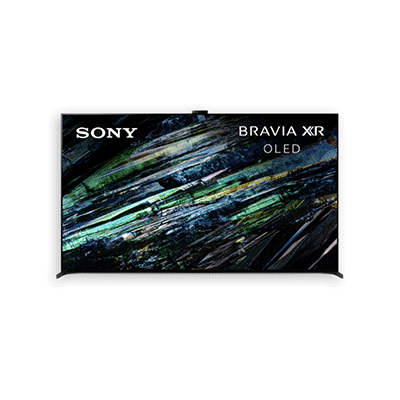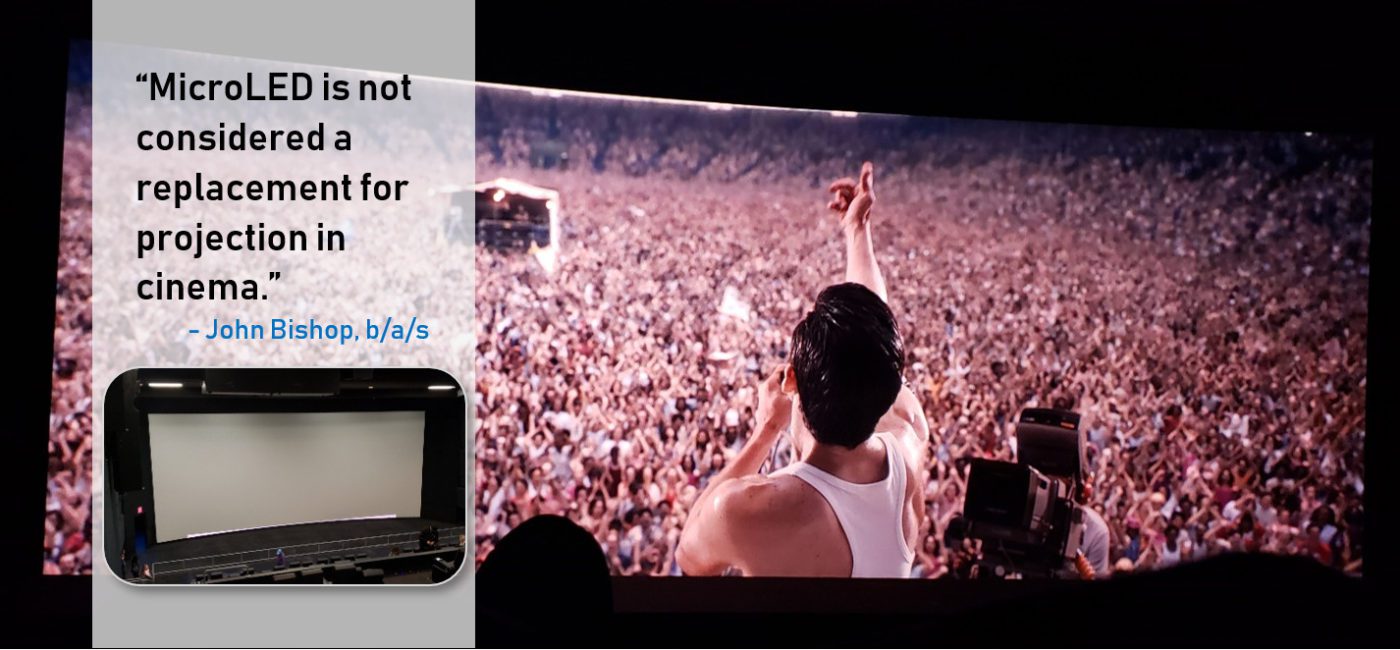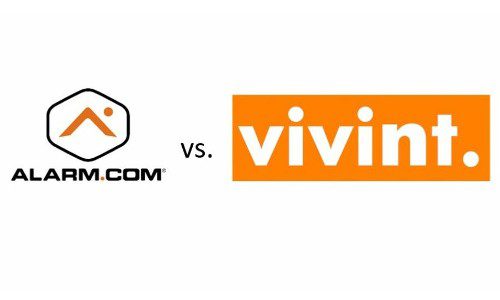MicroLEDs, direct-view LEDs, small-pitch LEDs … whatever you call the new breed of large-screen, high-resolution displays, the category is hot. So hot that it was going to be a shoo-in for CE Pro's Top 5 Home Tech Trends and Opportunities for 2019. But it's not.
Gorgeous and exciting as Sony's CLEDIS and Samsung's The Wall are, we still have a couple of years until they are ready for the two-percent, and not just the one-percent of households. Integrators steered us away from the category for 2019's Top 5 class, hoping that 2020 will be “the year.”
During a CEDIA Expo Tech Talk, presenters gave a compelling case for the new large-format displays, noting their potential to displace big two-piece projector systems in the future.
We received several responses on Facebook and Twitter about the talk and our related story, and one particularly long-winded comment on www.cepro.com. Not surprisingly, the comment came from John Bishop, video maven and owner of the rep firm b/a/s/ Bishop Architectural-entertainment Services in the Northeast.
While he sees potential for MicroLEDs in the consumer market — some day — he says they're a long way off from projection systems.
Related: Invasion of the Giant MicroLEDs
At a recent SMPTE video-geek meeting, he says he saw the next-generation crystal LED 4K display from Sony. He says the second-gen 4K version, with a 1.2mm-pixel pitch, is vastly improved over the first, which had a higher-gloss finish that wouldn't work well in real-world conditions.
“It looked good, better than any TV,” he tells CE Pro; however, the 9 x 16-foot panel would have a retail price of $1.4 million.
“Price is a pretty important factor,” he says.
Meanwhile, Bishop just attended a showing of Bohemian Rhapsody at the Times Square Dolby Vision theater. Besides having “probably the best ATMOS mix I’ve ever heard,” Bishop says, “the image was superb.”
He estimates the projection system cost about $350,000 for a screen size of about 30 x 65 feet.
Direct-view LED “is not yet ready for the scale of cinema,” Bishop says. “In residential environs it’s getting there, but only for those in the 1% class right now.”
Here's Bishop's full remarks on the state of MicroLEDs and related large-display formats.
A MicroLED Rebuttal:
Great topic!
But not so fast on the demise of projection or the perhaps dubious advantages of MicroLED elicited by the panelists.
MicroLED is a coming technology and even Hollywood is working on new standards for it related to the Digital Cinema Initiatives (DCi) to bring this display technology into technical and artistic compliance with the creative community’s expectations. And by the way, they can run at 100 nits (the Dolby Vision Luminance standard) as well as 1,000 nits!
But microLED is not considered a replacement for projection in cinema in part due to LED's performance and economic disadvantages, which are largely missed when discussing this topic. Of course, the panelist is from a company that only makes TVs (Samsung), so they have a bias, and perhaps a lack of understanding of projection in cinema. But in any case, let’s not impugn the undisputed king of cinema displays today, and into the foreseeable future: video projection.
1. First and foremost, don’t forget about the economics.
The 146-inch “The Wall” from Samsung was quoted at CEDIA to be a $380,000 retail item. That’s about $2,600 per diagonal inch! You can easily match that size with a projector and screen using products available at Best Buy starting at $20 per diagonal inch! The Samsung CinemaWall deployed in a couple of theaters in South Korea, and one experimental location in SoCal, is an 18-foot x 33-foot screen using 2.5mm dot pitch panels to yield a 2160 x 4096-pixel image. Its cost is also in that $300K to $400K range. Even if the price drops to half that over time, that’s double the cost of projection for a screen half the size of many cinema screens. These are important economic barriers today and for some time to come.
2. Performance is the next issue.
Samsung's comment about microLED’s superior uniformity is factual, relative to all LCD TV’s which have horrible white field uniformity, and even OLED which struggles with dark field issues. However, no display technology (yet) can match the superior uniformity and white field purity of a cinema-grade DLP image projected onto a reference post-production quality screen, like the Stewart Filmscreen's SnoMatte (tested to resolve better than 16K on screens as small as 10-feet wide). Barco is a vendor that makes all of these technologies and they are quick to recognize that the reference in cinema today is DLP in general, with the 6P laser being today’s “best of the best.”
3. “There isn’t a projector on the market that can do that”
This segment from the article refers to image performance in high ambient light. The very premise is a false one. No director wants their art viewed in high ambient light on a giant TV. The willing suspension of disbelief is a core principle in cinematic story-telling, and the escapism for a couple hours into a world created by Hitchcock or Tarantino depends on it. A lit room is the antithesis of that, and if it weren’t, you might see cinema projection on high ambient light rejection “conference room” screens where they would compete with direct LED in that environment. But the uniformity problems of those screens would cause Hollywood to reject them as well.
4. The last items in Samsung's pitch relate to black levels and the economic value compared to projection.
First, black levels in cinema are a function of the environment more than the technology, and to that extent TV tech that turns black into a glossy monolith is not considered to be good in cinema circles. It looks like a TV, not a cinema image. Barry Sonnenfeld referred to this in his talk at CEDIA and said specifically, “I wouldn’t want to watch a movie on any big (85-inch) TV on the market today.” Regarding lifespan, the 100,000 hours of LED is theoretically true but doesn’t by any means eclipse the lifespan of laser light sources. And ultimately the LED’s failure will be either an individual pixel, dead or stuck on, or a panel failure of which there are 100’s in a typical screen. Lifespan benefits are fake news.
If you enjoyed this article and want to receive more valuable industry content like this, click here to sign up for our digital newsletters!











